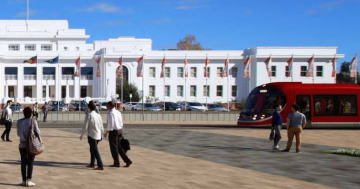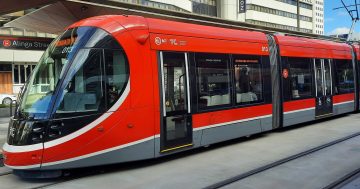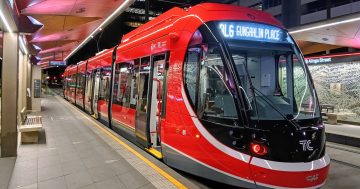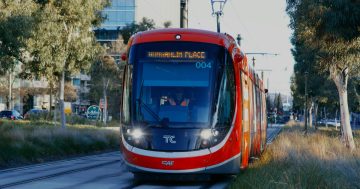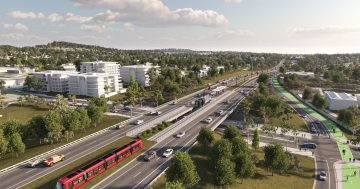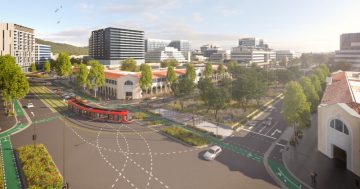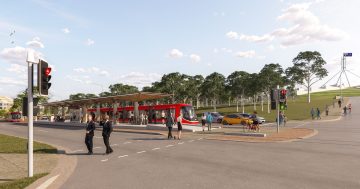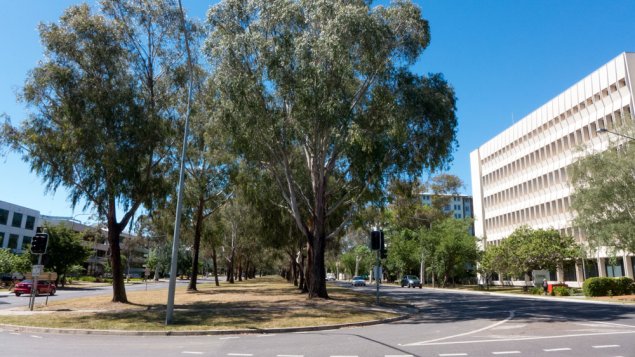
I support the introduction of light rail networks across Canberra.
We should not be having this debate in 2015. The first tracks should have been laid down in the late 1950s or at least by the mid 1960s.
I blame the former NCDC for this oversight. This lack of light rail transport infrastructure most likely came about because of the NCDC’s commitment to roads and even more roads and how wonderful Canberra was to be if we all drove more cars.
Today in Canberra we have the very tragic situation whereby far too many do not trust the government to deliver a great piece of transport infrastructure and to build an engaging urban environment down the redeveloped Northbourne Avenue corridor.
What people are now witnessing is an on-going process of degrading Canberra’s once famous public amenity. Naturally, the politicians have to take responsibility for such decisions.
However, the main cause rests squarely with their bureaucratic agencies that oversee land sales and the subsequent redevelopments.
The planning minister was recently asked on air: “Who is running planning in Canberra — Is it the LDA (Land Development Agency)?”
He did not sound convincing with his hesitant response.
Several community sectors are being messed around by a bureaucracy that has an unhealthy culture and is convinced that it is entitled to make decisions despite the high rates of distress caused to residents. The age of entitlement remains in place within these agencies.
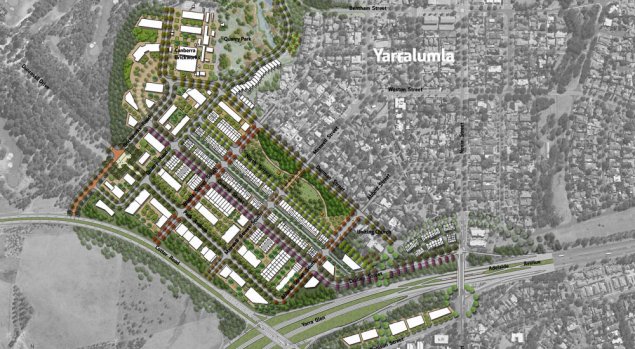
For instance, there are the mind games that have been played with the communities in and around Telopea and Manuka as well as Yarralumla. As for that infamous and not-quite-open-yet Westside project, the less said the better.
Meanwhile, Dickson residents are currently receiving propaganda relating to the Dickson Parklands (Section 72).
For such precinct redevelopments, residents are confronted by consultants who deliver a well-rehearsed form of token consultations. The result of all this expenditure? PR documents that pretend to be master plans, but are not. These documents are superficial at best and designed to provide the case for the pre-determined outcomes – the sale of land and the subsequent developments.

Propaganda that twists facts to suit the message and contains vague generalised data is widely used by particular ACT Government agencies when dealing with residents.
There is a high level of mistrust regarding how the ACT Government delivers major projects. Consequently much of the current information around the light rail is viewed as dubious. This situation is of the government’s own doing. It is a real shame.
This important and overdue transport initiative could have had much broader public support, if only the ACT Government had a track record of being honest and transparent with residents on so many other urban matters.
It is as if there has been an urban destruction unit secretly located within the chief minister’s portfolio.
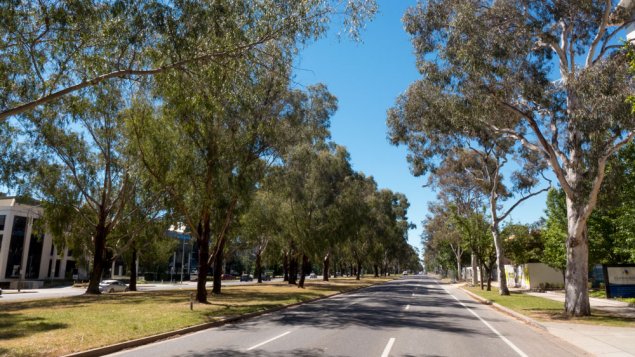
Many people still consider the concept of the light rail and the linked Northbourne redevelopments to be valuable initiatives. Logically, this is the next step in inner Canberra’s urban development.
The wish is that we could trust this government on planning and development. We wish our local politicians could change the culture of its development bureaucracy.
It is really simple. The first step is for the bureaucracies to stop paying for and being dependent communication officers employed to publish propaganda. The bureaucracy needs to be honest and transparent with information. The government and its agencies need to openly debate ideas, aspirations and issues with residents.
Our public sector development agencies need to stop hiding behind spin and propaganda. It is a waste of tax payers’ money and an insult to the electorate.
It is about earning and demonstrating respect.
Life would be then so much less stressful for so many people. And we could all enjoy the coming spring that much more.












